The idea of relocating for safety isn't just for preppers or billionaires with hidden bunkers anymore. With mounting global instability—climate shifts, supply chain stress, economic fragility—some cities have turned into possible lifeboats. These aren’t necessarily glamorous or headline-grabbing metropolises—but that’s kind of the point.
So if things really hit the fan, where would you rather be? Let’s find out!
Glenorchy, New Zealand
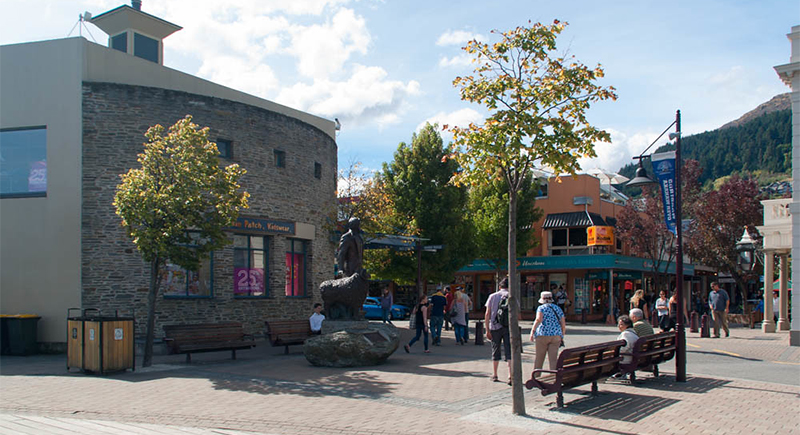
Credit: flickr
Surrounded by mountains and water, Glenorchy benefits from New Zealand’s broader stability. The country produces its own food, runs on renewable energy, and remains physically cut off from mainland crises. Add in a healthy buffer from global drama, and Glenorchy starts looking more like a modern-day lifeboat than a sleepy mountain town.
Hobart, Tasmania
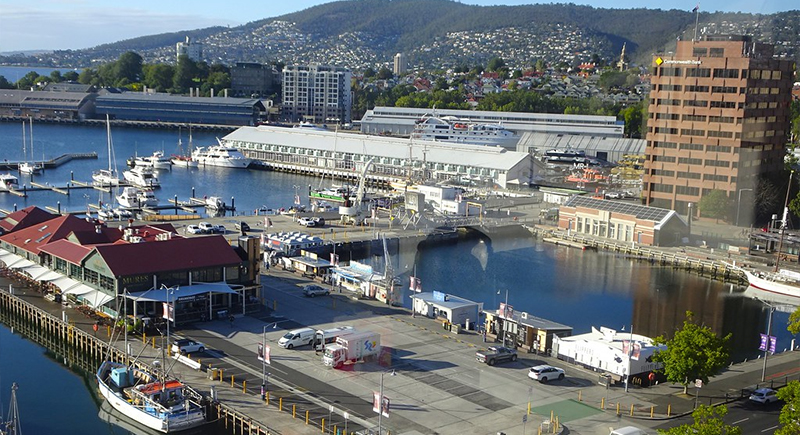
Credit: flickr
This one’s an island off an island with its act together. Hobart keeps a low profile, which might just be its secret weapon. The capital of Tasmania is rich in natural resources and has a chill, small-city pace that’s easier to manage in tough times. It's far enough from mainland hustle to stay out of the splash zone if bigger cities falter—but close enough to remain connected.
Galway, Ireland
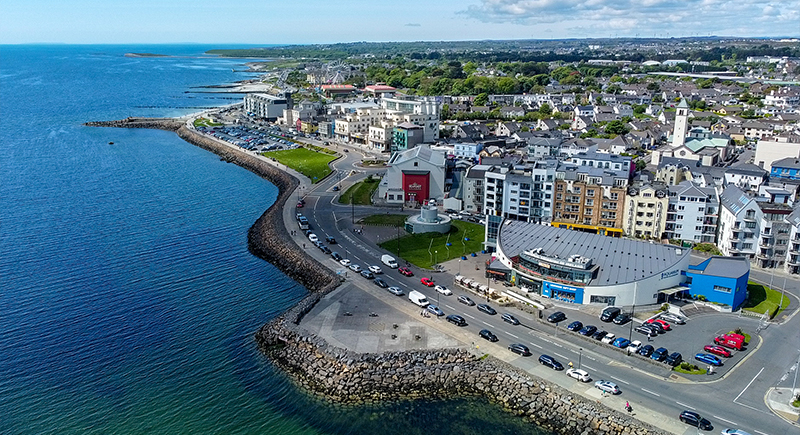
Credit: Wikimedia Commons
Galway might sound like a tourist stop, but there’s more under the hood. It has a strong local economy built on tech, healthcare, and education, plus a location well away from Europe’s flashpoints. Ireland’s push toward renewable energy has also made it a pretty practical pick.
Akureyri, Iceland
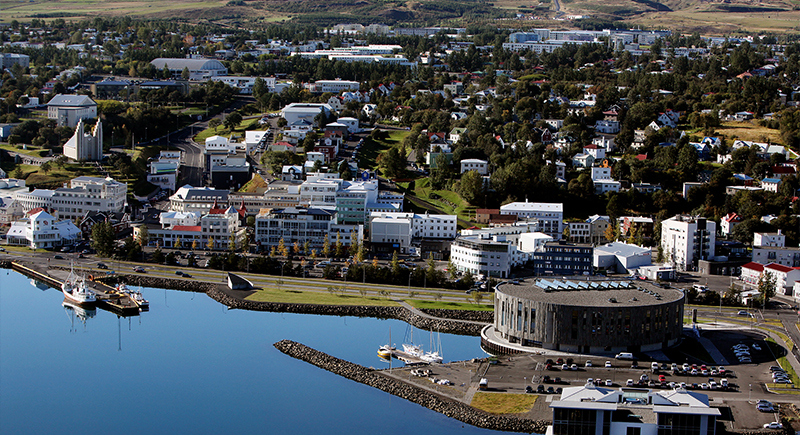
Credit: Wikimedia Commons
If you’ve ever dreamed of disappearing to Iceland (but not too far off the grid), Akureyri is an ideal spot. This is Iceland’s second-largest urban area, which is self-sufficient without being isolated, drawing energy from the Earth itself and offering clean water, fresh air, and farmland.
Inverness, Scotland
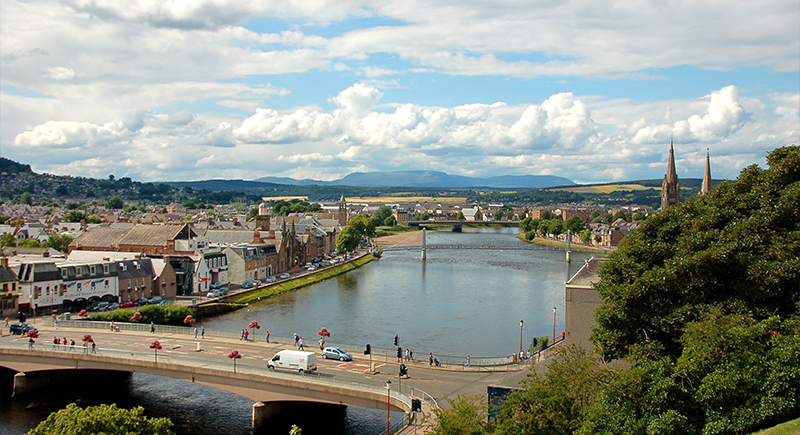
Credit: Wikimedia Commons
Inverness is the type of place where you’d hunker down and still enjoy a decent cup of tea. It’s set in the stunning Scottish Highlands and combines strong local governance with a natural buffer from political storms. The region’s capacity for clean energy and food production doesn’t hurt either.
Missoula, Montana
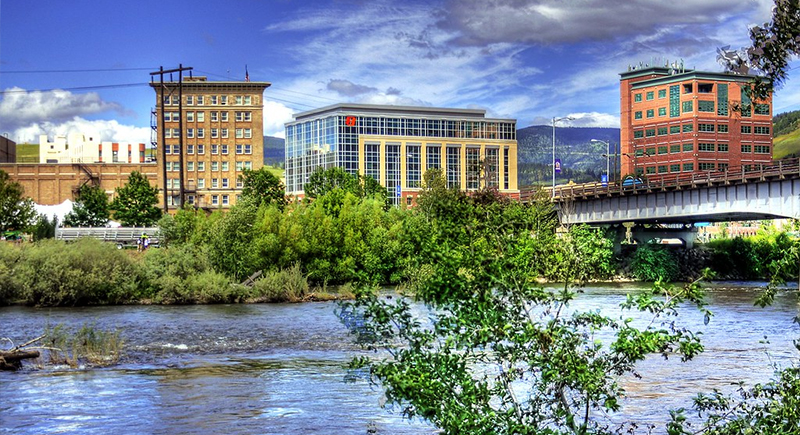
Credit: flickr
With its low population and strong sense of place, Missoula’s the kind of town that might just weather big disruptions by staying grounded—and growing its own tomatoes. This city delivers resilience with a side of fresh mountain air. It's got agriculture, clean water, and a no-nonsense local economy.
Laramie, Wyoming
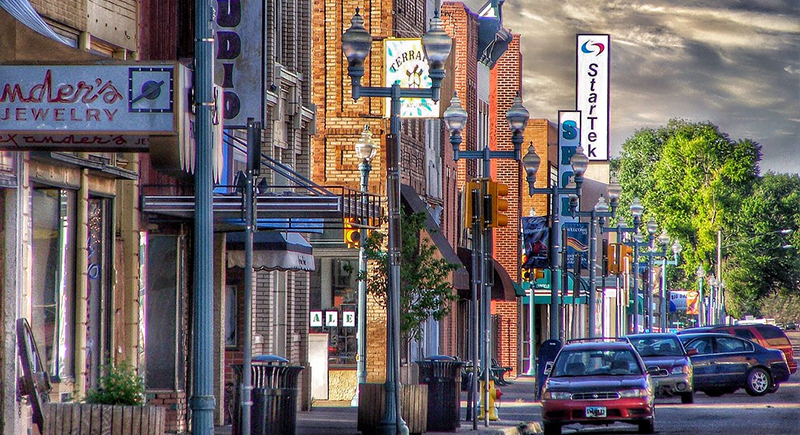
Credit: flickr
Wyoming’s tax-friendly approach and diversified economy make it an attractive fallback. Laramie combines a low cost of living, strong community engagement, and natural resources, particularly timber and grazing land. With minimal reliance on one industry, its small cities could hold steady even as national markets shake.
Boise, Idaho
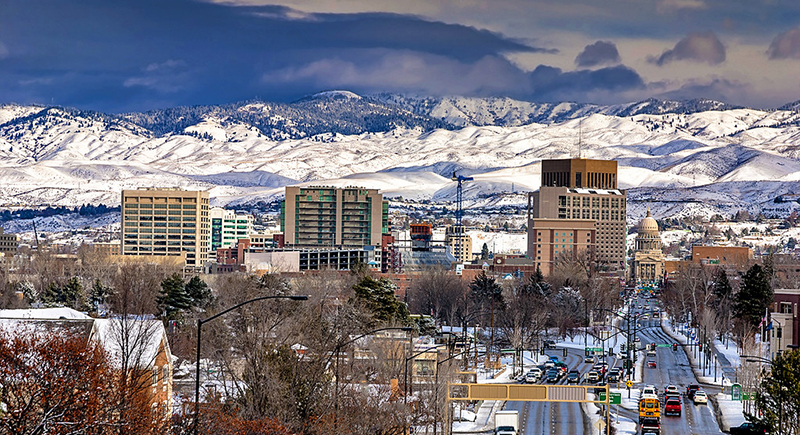
Credit: flickr
This place is balanced, steady, and sneakily strategic. Boise is one of those cities that quickly ticks all the boxes. It’s not too big, not too small, and has access to agriculture, water, and a steady economic engine that includes a growing tech presence.
St. John’s, Newfoundland (Canada)
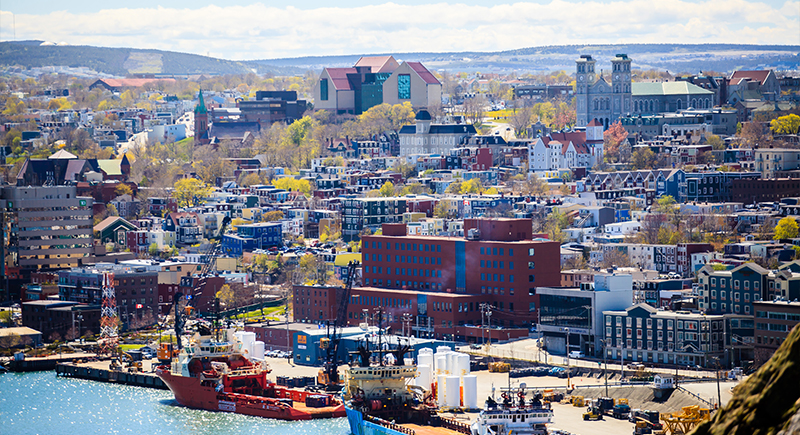
Credit: Wikimedia Commons
Though remote, St. John’s is a major part of Canada’s resilient national systems. The surrounding province has access to offshore oil, fisheries, and hydroelectric power, which may become essential assets. It’s one of the easternmost points in North America.
Dunedin, New Zealand
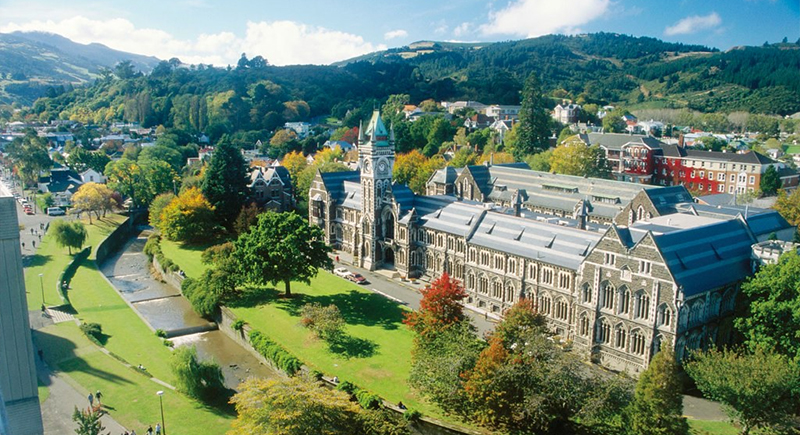
Credit: flickr
Dunedin’s size and infrastructure make it ideal for maintaining services under pressure. It’s near agricultural land and protected harbors, and the local economy includes both education and manufacturing. Its southern location puts it farther from geopolitical tension zones and at less risk of resource invasion.
Anchorage, Alaska
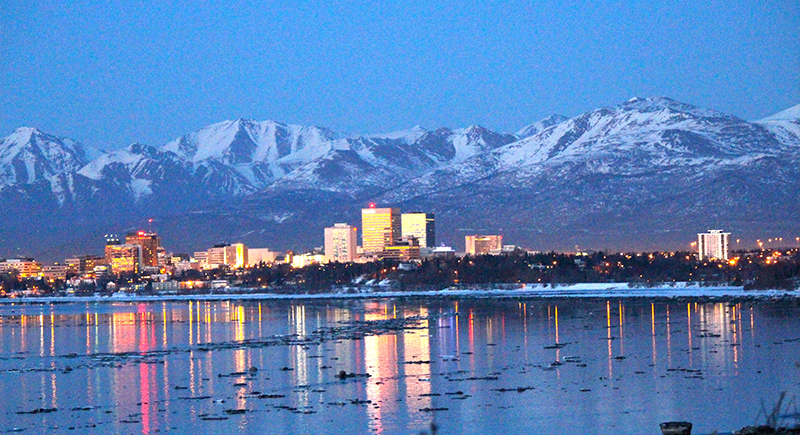
Credit: Wikimedia Commons
Anchorage might not be warm, but it’s well-equipped. Between fisheries, energy reserves, and forestry, Alaska has survival covered. Anchorage brings in the added bonus of infrastructure—hospitals, schools, the works—without the overwhelming sprawl of other cities. And let’s face it, Alaskans know how to prepare.
Salt Lake City, Utah
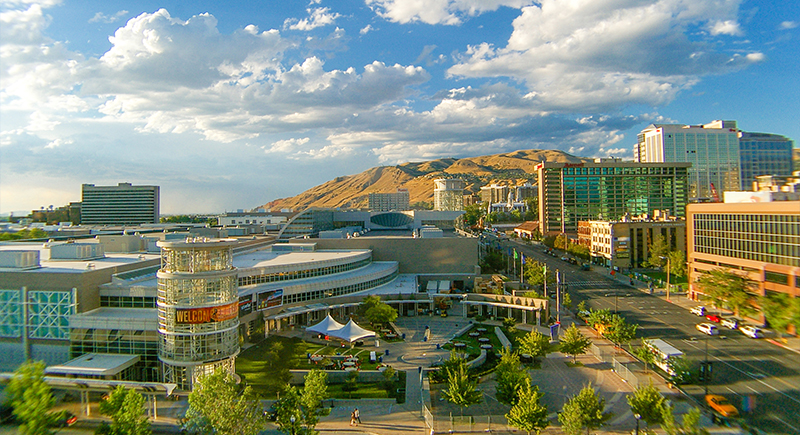
Credit: Wikimedia Commons
Salt Lake City combines elevation with preparation. The state has invested heavily in emergency readiness, and the city itself is well-located and resource-aware. Salt Lake doesn’t just hope for the best—it plans for the worst.
Helsinki, Finland
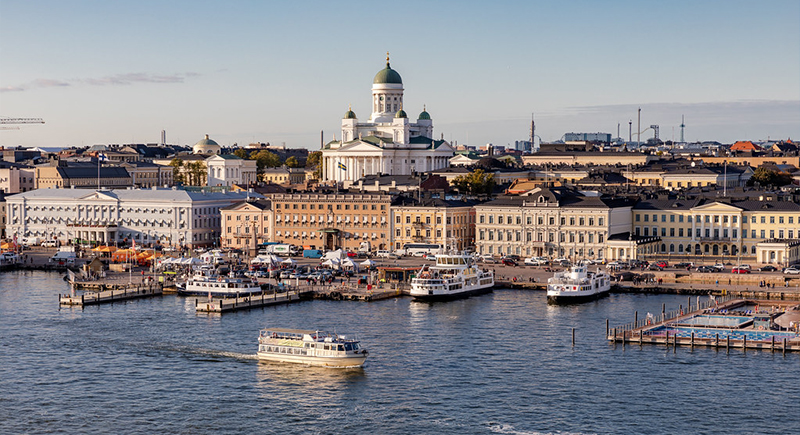
Credit: flickr
Helsinki is cold, yes, but it’s also extremely calm and collected. Finland’s capital enjoys political stability, consistent governance, and serious investment in education and public services. Helsinki’s social safety net is one of Europe’s strongest. In economic freefall, these qualities matter more than GDP. The city is also developing energy alternatives to reduce external dependence.
Bern, Switzerland
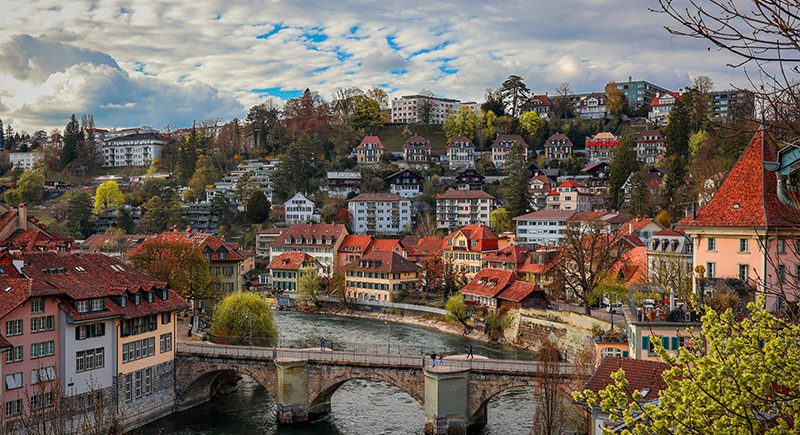
Credit: pexels
Switzerland’s capital is a logistical powerhouse, located among protected terrain with access to local food, energy, and reliable infrastructure. Its governance model leans toward continuity, not chaos—exactly what you’d want when the world goes sideways.
Canberra, Australia
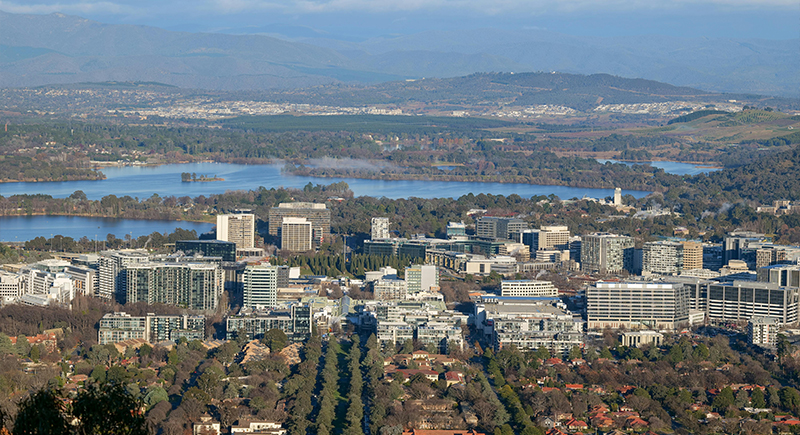
Credit: pexels
Unlike larger Australian cities tied to global trade, Canberra is inland, politically stable, and surrounded by agricultural zones. Its government infrastructure brings resilience during disruption, and its isolation from coastal vulnerabilities helps in scenarios of economic or environmental failure.
